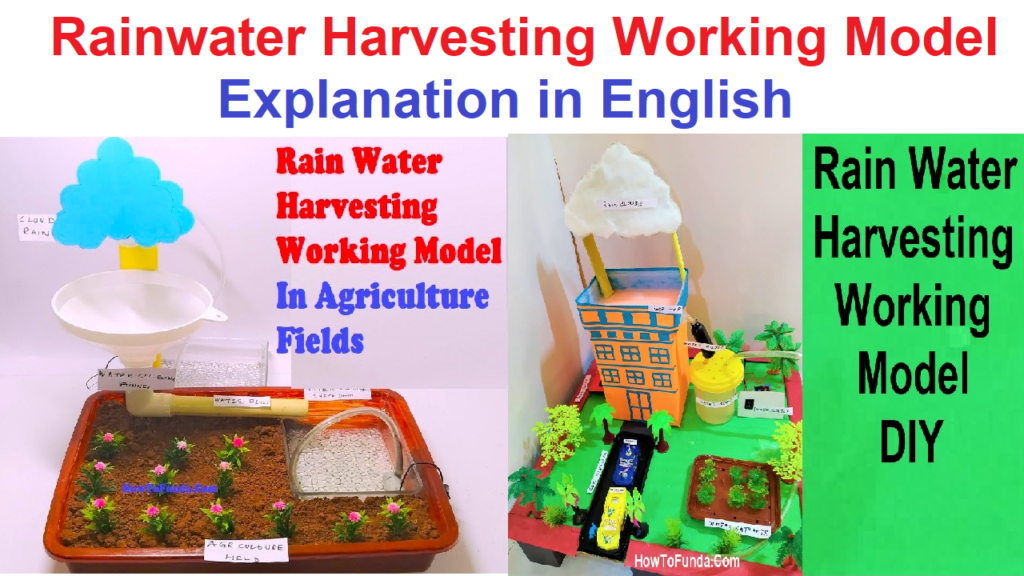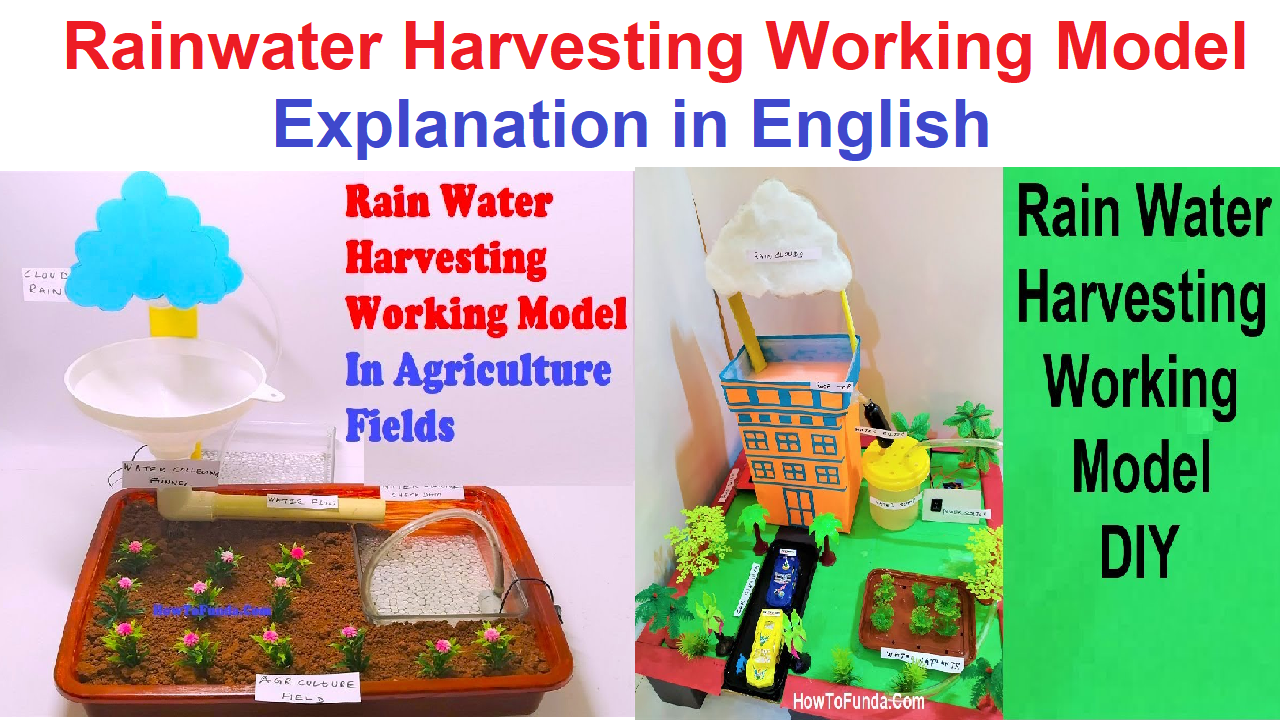Rainwater harvesting is a process of collecting and storing rainwater that falls on roofs or other surfaces.
Rainwater harvesting is an eco-friendly practice that contributes to water conservation and sustainable development.
This harvested rainwater can be used for various purposes, such as watering plants, flushing toilets, washing clothes, and even for drinking after proper treatment.
Rainwater harvesting is an ancient practice that has gained renewed interest as a sustainable water management solution.

Here are some key aspects of rainwater harvesting:
Collection Surfaces:
Rainwater is typically collected from rooftops of buildings. The roof material should be suitable for harvesting, and gutters are used to channel the water to collection points.
Conveyance System:
These are used to direct rainwater from the collection surface to a storage tank or reservoir. Properly designed gutters prevent contamination and facilitate efficient water flow.
Filtering:
Screens and filters are often used to remove debris and contaminants from the rainwater.
Storage Tanks:
Above-ground/Underground Tanks: Made of various materials like plastic, concrete, or metal.
Purification and Treatment:
Filtration/Disinfection : Additional filtration may be necessary to remove finer particles.
Distribution System:
Pumps and Pipes: Harvested rainwater can be distributed through a network of pipes to various end-use points, such as irrigation systems or household plumbing.
Benefits of Rainwater Harvesting:
• Water Conservation: Reduces the demand on conventional water sources.
• Reduced Runoff: Helps mitigate urban flooding and soil erosion.
• Cost Savings: Can lead to reduced water bills, especially in areas where water is scarce or expensive.
• Environmentally Friendly: Promotes sustainable water management and reduces the reliance on centralized water supply systems.
Challenges/ Disadvantages :
• Seasonal Dependence: Availability of rainwater is dependent on the local climate and seasonal variations.
• Initial Cost: The installation of a rainwater harvesting system can have upfront costs, although it often pays off in the long run.

